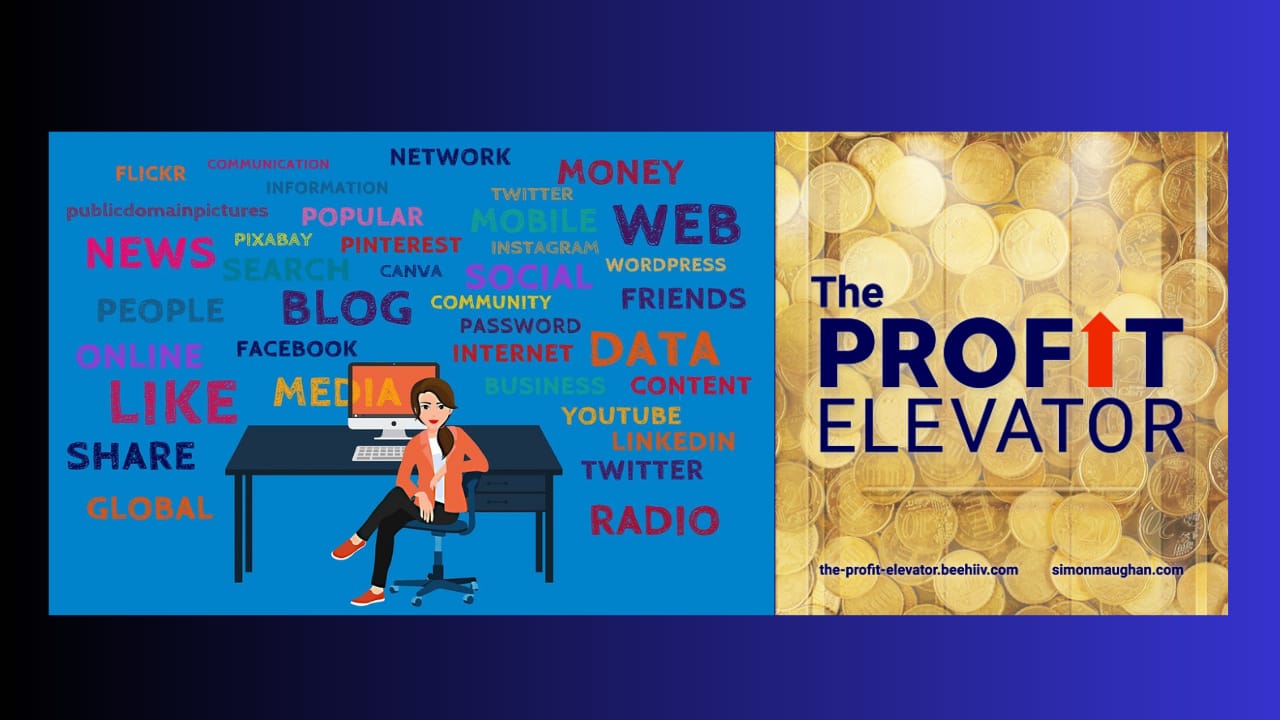
How and why do your customers buy?
Why do you need an outreach strategy? Because people buy from multiple channels and have different expectations for each application they use.
Around half of both businesses and customers, say the primary benefit of chatbots is either rapid responses or round-the-clock service. The other half have differing views.
Businesses want chatbots to save money and increase sales opportunities. Customers meanwhile, want a personalised service, while some want the ability to access a human and others to be left alone. Chatbots have a limited role to play in outreach strategy.
A common marketing mistake is to focus on a favourite outreach channel. When we live our online lives on a particular app, familiarity bias means people tend to view that app as the best way to reach clients. This may not be the case.
WhatsApp for instance, is popular worldwide. A client of mine has developed an AI Agent that interprets and responds to users on this channel. The model searches specialist data and delivers detailed and accurate responses in text, audio and video, in multiple languages.
The app is used on the major construction projects in Saudi Arabia. Almost half a million workers have on-the-fly safety guidance with the aim of minimising workplace injuries. These are otherwise all too common given multiple competing languages and a lack of familiarity with international best practices.
WhatsApp is much less popular in the US. Financial firms ban its use. AI agents developed for these businesses must operate in custom channels, or on Symphony, Slack and Teams.
As there is no global communication standard, an omnichannel outreach strategy is best to reach the widest audience.
Aligning In and Outbound
Two-thirds of B2B buyers start their process online. Nine out of ten of them will review between two and seven supplier websites. An inbound strategy must align with what your outreach is saying and provide supporting information.
One way to ensure alignment is with this simple exercise. I’ve seen it completed in 15 minutes many times. Take a pen and paper, or digital equivalent, and give it a go.
Across the top of a page write ten channels for going to market. Social media is one, face-to-face meetings another. Listing five different social media apps is cheating.
Then under each channel list three means of reaching potential buyers. For example, on LinkedIn you can comment on posts, send a direct message, or request to connect. Over time you will do all three for each contact.
Think of three different methods for each channel, so that when finished, you have 30 ways to contact potential clients. While this sounds tricky, you’ll likely carry on past ten by the time you get there and the creative juices are flowing.
You don’t need to stop at three methods per channel either. For instance, there are many ways to advertise your product.
This exercise works even if you only have one product with a single feature. Remember, we are not attracting clients by describing what we do, but by the pain they feel. We reach them in their preferred channel and position our service as the unique means of pain relief.
According to Ebsta Pavilion’s analysis of 4.2 million B2B opportunities, outbound accounts for over 40% of leads in a pipeline. It does, however, contribute less than 30% of revenue. Make sure you have multiple ways of attracting buyers, as well as varying methods of doing outreach.
Questions to Ask and Answer
1. Where do my clients source their industry information?
2. What events do the leading players in my market meet up at?
3. Is my sales and marketing team maximising each distribution channel?
I’m Simon Maughan and I write The Profit Elevator as a guide for B2B firms seeking faster growth.
The Go to Market Guide to reach your target audience is the second of six elements in The Profit Through Process Planner. This is included in my Business Accelerator Community for busy executives.
If you’d like to know more, please reply to this email. If you found this letter valuable, please share it with a friend and a colleague.
